Back in college, I used to rush to Aling Yolly's kariton every afternoon, joining the crowd of excited students waiting for her famous Banana Turon. The satisfying crack of that caramelized sugar coating, the perfectly ripened saba banana melting with sweet langka inside, it was heaven for just ₱15!
Now I've spent years perfecting this crispy banana turon recipe to match those unforgettable merienda moments. After countless attempts (and some hilarious kitchen disasters), I've finally nailed that exact street food magic that had us all lining up after class.
Trust me, once you master this recipe, your kitchen will become the new tambayan spot, with family members mysteriously appearing right when that caramel starts crackling in the pan.
Whether you're missing home like me or just craving the perfect afternoon treat, this Filipino turon recipe will transport you straight back to those sweet Filipino afternoon food trip
Jump to:
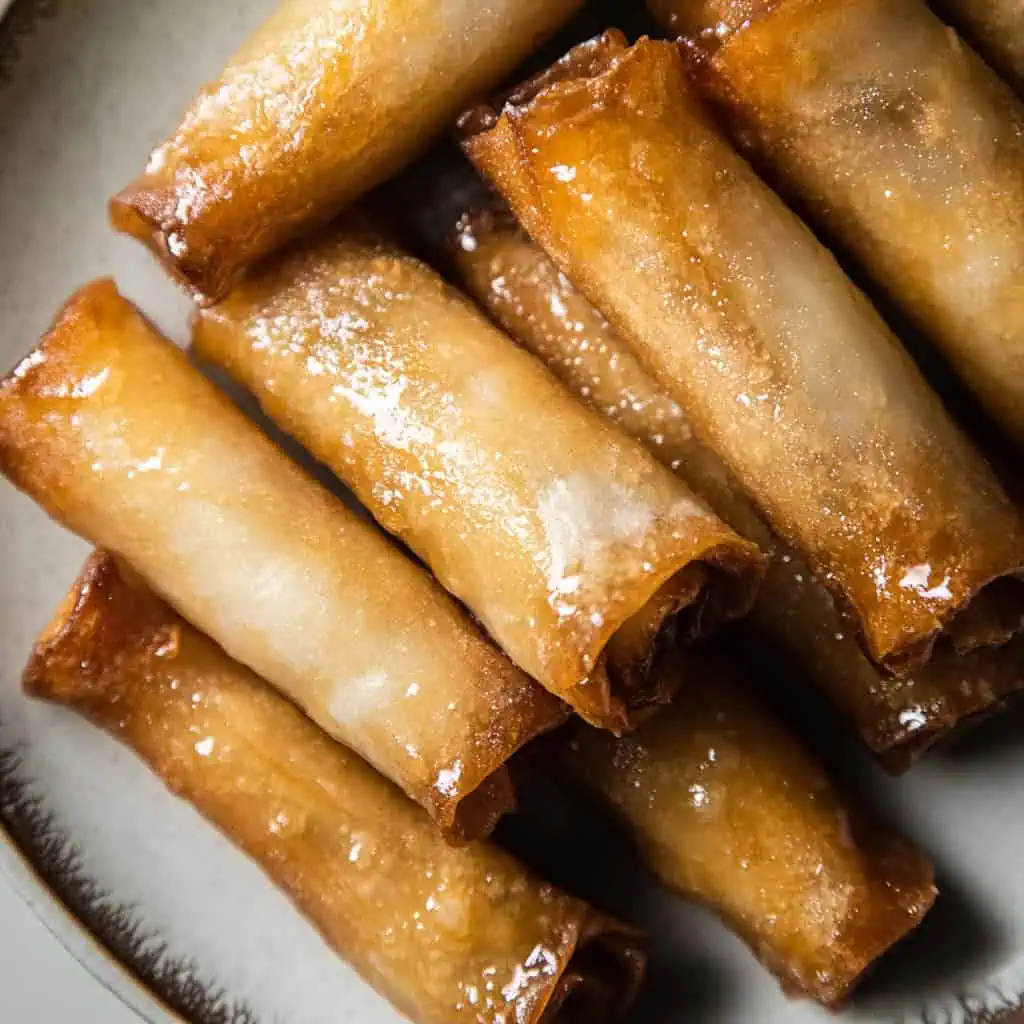
Why You'll Love This Recipe
- Perfect Texture Combination: Experience the satisfying crackle of caramelized sugar giving way to tender, sweet bananas
- Authentic Taste: Brings true Filipino street food flavors to your home kitchen
- Make-Ahead Friendly: Can be prepared in advance and fried just before serving
- Cost-Effective: Creates restaurant-quality dessert at a fraction of the cost
- Versatile: Enjoy as merienda (afternoon snack), dessert, or even breakfast
- Crowd-Pleaser: Universally loved by both kids and adults
Ingredients
The magic of banana turon comes from its carefully selected ingredients. Saba bananas provide the perfect sweetness and firm texture that holds up during frying without turning mushy. Spring roll wrappers create that signature crispy shell while being thin enough to caramelize beautifully.
The sugar doesn't just add sweetness, it transforms into a crackling caramel coating that gives turon its distinctive crunch. Jackfruit brings a tropical, aromatic chewiness that complements the banana's softness. Finally, high-heat canola oil ensures even cooking without imparting unwanted flavors, allowing the natural sweetness of the fruits to shine through.
Together, these simple ingredients create the perfect balance of textures and flavors that has made banana turon a beloved Filipino classic.
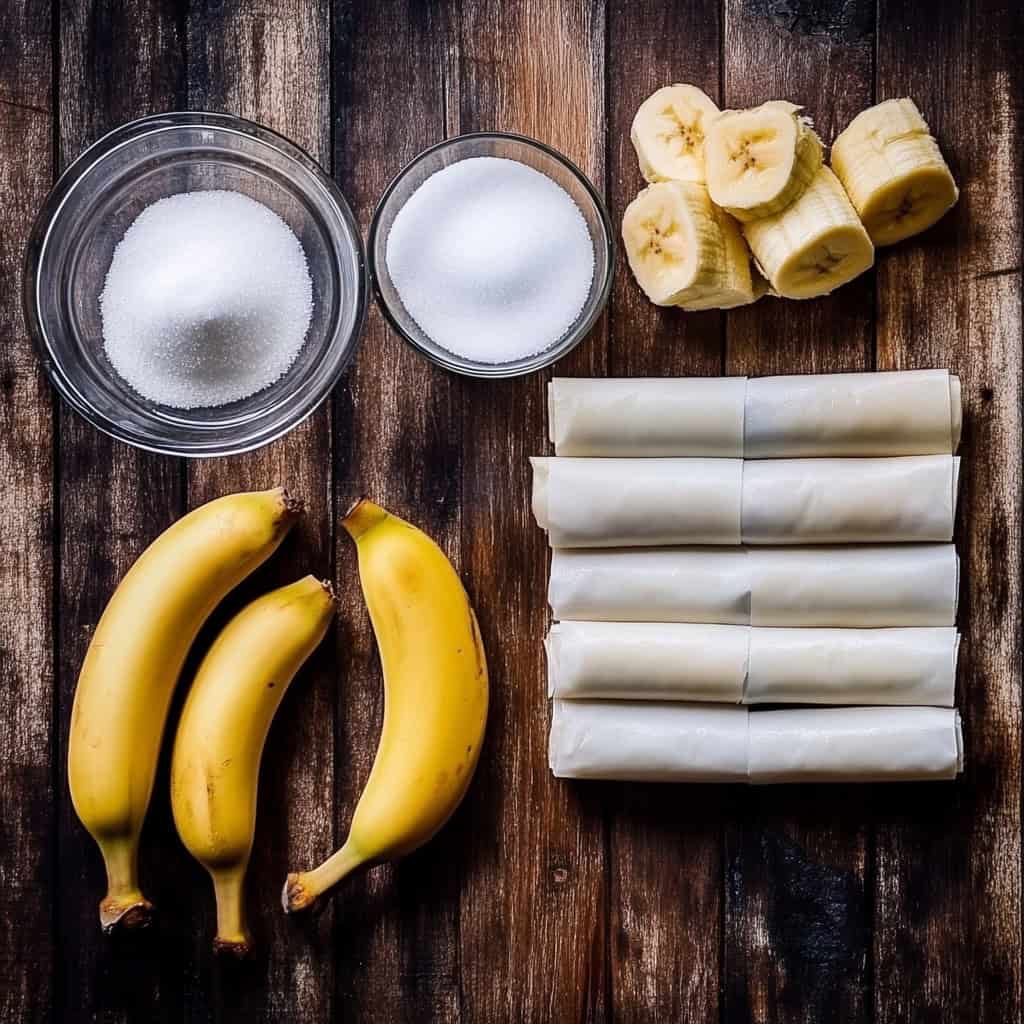
- 12 saba bananas (or plantains), peeled and halved lengthwise
- 24 spring roll wrappers
- 1 cup granulated white sugar
- ½ cup sweetened jackfruit strips, patted dry
- Canola oil for deep frying
- Optional toppings: Vanilla ice cream, caramel sauce, or powdered sugar
Equipment
- Deep frying pan or wok - Essential for achieving proper oil depth for even cooking and caramelization
- Wire cooling rack - Maintains crispiness by allowing excess oil to drain without making the bottom soggy
- Kitchen tongs - Provides safe handling when turning and removing hot turon from oil
- Thermometer (optional) - Ensures perfect oil temperature (350-375°F) for ideal caramelization
- Knife and cutting board - For properly preparing bananas and jackfruit
- Small bowl of water - Used for sealing wrappers securely
- Plate for sugar - Makes rolling the wrapped turon in sugar easier before frying
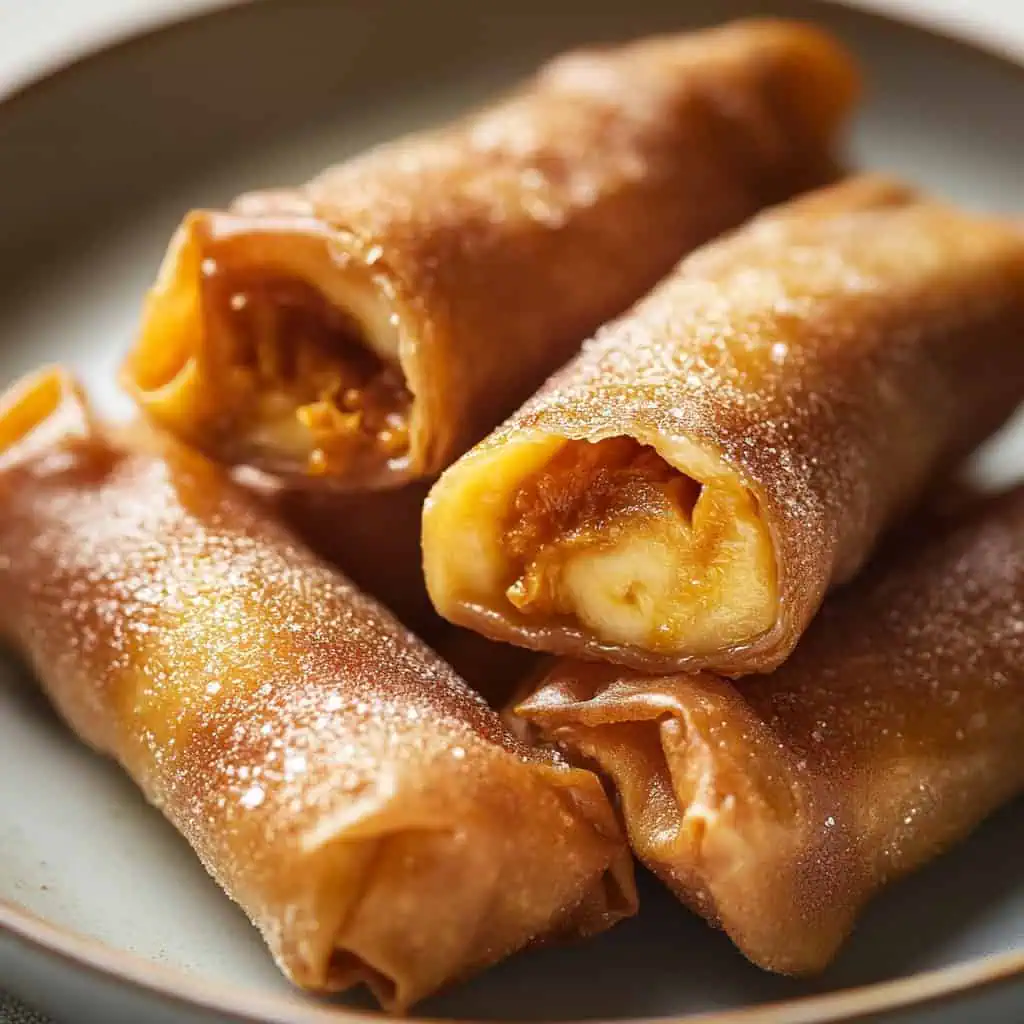
How To Make
- Prepare your ingredients: Peel saba bananas and cut each one lengthwise into two halves. Bananas should be ripe but still firm to hold their shape. Pat jackfruit strips dry to prevent oil splatter.
- Set up rolling station: Arrange spring roll wrappers, prepared bananas, jackfruit strips, and sugar. Keep wrappers under a damp cloth to prevent drying.
- Wrap the turon: Place a wrapper in a diamond position. Roll a banana piece in sugar, then place near the bottom corner along with 2-3 pieces of jackfruit. Fold bottom point over filling, then fold sides inward. Roll tightly upward, sealing edges with water. Roll the wrapped turon in additional sugar for caramelization.
- Heat the oil: Bring canola oil to 350-375°F in a deep pan. If you don't have a thermometer, test by dropping a small wrapper piece—it should bubble immediately and rise to the surface.
- Fry in batches: Cook turon seam-side down first for 3-4 minutes until golden brown and caramelized. Maintain steady oil temperature and avoid overcrowding.
- Drain properly: Remove using tongs and place on a wire rack to drain and maintain crispiness. Never stack hot turon.
- Serve immediately: Enjoy while hot and crunchy, optionally with vanilla ice cream or a sprinkle of powdered sugar.

Tips from Lola's Kitchen
- Banana selection matters: Choose saba bananas that are yellow with some black spots for perfect sweetness
- Pre-roll in sugar: Roll bananas in sugar before wrapping for extra caramelization
- Wrapper technique: Keep wrappers covered with a damp cloth to prevent them from drying and cracking
- Oil temperature is crucial: Too hot burns the sugar, too cool makes soggy turon
- Double-wrap method: For extra-thin wrappers, use two sheets to prevent bursting
- Listen for the sizzle: A gentle, consistent bubbling means your oil is at the right temperature
- Proper draining: Always use a wire rack instead of paper towels to maintain crispiness
Substitutions
- No saba bananas? Use ripe plantains or lady finger bananas (though texture will differ)
- No jackfruit? Substitute with mango strips, macapuno (coconut sport), or even canned pineapple pieces
- Wrapper alternatives: Rice paper can work but requires different handling techniques
- Sugar options: Brown sugar or muscovado provide deeper caramel flavor
- Oil choices: Any neutral high-heat oil works - peanut, vegetable, or rice bran oil are good substitutes
Troubleshooting
- Wrapper breaking during rolling: Use less filling or double-wrap if using thin wrappers. Ensure edges are properly sealed with water.
- Not getting crispy enough: Oil likely not hot enough. Maintain 350-375°F temperature and don't overcrowd the pan.
- Sugar burning too quickly: Oil too hot. Lower heat and monitor temperature more closely.
- Filling falling out during frying: Didn't seal properly. Ensure all edges are well-sealed with water and roll tighter.
- Turon becoming soggy quickly: Not drained properly. Use wire rack instead of paper towels and serve immediately.
Storage & Reheating
- Room temperature: Stays crispy for up to 6 hours in a cool, dry place
- Freezer (uncooked): Wrap uncooked turon individually in plastic wrap, freeze for up to 3 months, and fry directly from frozen (add 1-2 minutes to cooking time)
- Avoid refrigeration: Makes the wrapper soggy and ruins texture
Best reheating methods:
- Air fryer: 350°F for 2-3 minutes for perfect crispness
- Toaster oven: 350°F for 3-4 minutes
- Conventional oven: 325°F for 5-7 minutes
- Avoid microwave: It will make the wrapper soggy and chewy
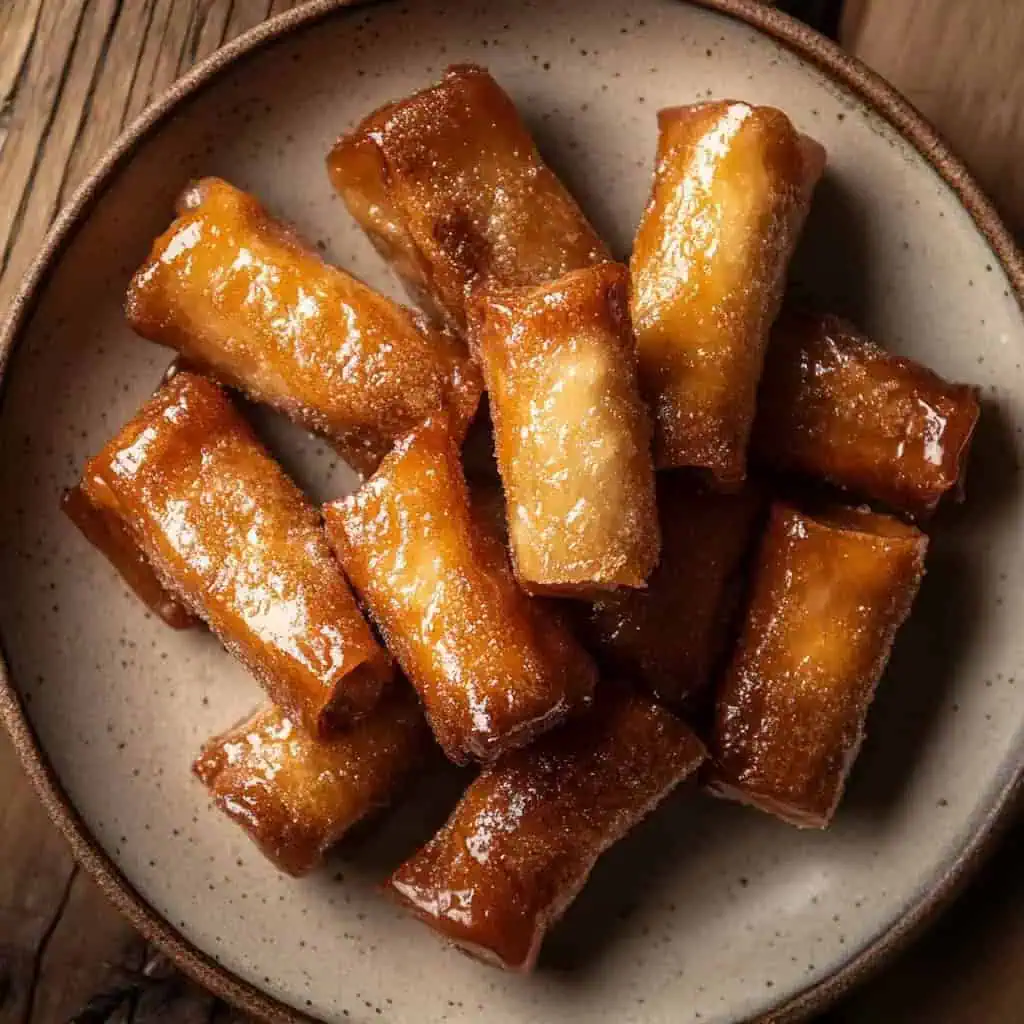
FAQ
Can I make turon ahead for a party?
Best served fresh. If needed, prepare and freeze uncooked, then fry just before serving.
Why isn't my sugar caramelizing properly?
Check your oil temperature (should be 350-375°F) and ensure turon is evenly coated with sugar before frying.
How do I prevent oil splatter?
Ensure all ingredients, especially jackfruit, are thoroughly patted dry before wrapping.
Can I bake these instead of frying?
Yes, though the texture will differ. Brush with oil, sprinkle with sugar, and bake at 400°F for 15-20 minutes, turning halfway.
What's the best way to serve leftover turon?
Reheat in an air fryer or toaster oven to restore crispiness. Add a scoop of ice cream to elevate leftover turon.
Why are my bananas turning brown?
Keep peeled bananas in water with a splash of lemon juice to prevent oxidation if not using immediately.
Can I add other fillings?
Absolutely! Popular variations include adding ube halaya (purple yam), chocolate spread, quick-melt cheese, or chopped nuts.
What's the difference between turon and lumpia?
Turon uses sweet fillings and is typically coated in caramelized sugar, while lumpia contains savory fillings.
Related
Looking for other recipes like this? Try these:
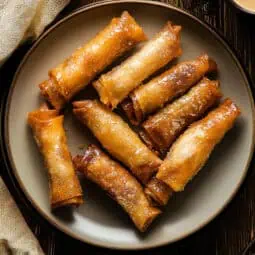
Banana Turon (Lumpiang Saging)
Equipment
- Deep frying pan or kawali
- Wire rack (para sa pagpapatuyo)
- Tongs [Sipit]
- Kitchen thermometer (optional)
- Knife and cutting board
- Small bowl of water (for sealing wrappers)
Ingredients
Primary Ingredients:
- 12 saba bananas saging na saba - peeled and halved lengthwise
- 24 spring roll wrappers balat ng lumpia
- 1 cup granulated white sugar asukal
- ½ cup sweetened jackfruit strips minatamis na langka
- Canola oil for deep frying mantika
Optional Garnishes:
- Vanilla ice cream
- Caramel sauce
- Powdered sugar asukal
Instructions
- Begin by preparing your ingredients. Peel the saba bananas (saging na saba) and cut each one lengthwise into two halves. The bananas should be ripe but still firm (hinog pero matigas pa) to hold their shape. Pat the sweetened jackfruit strips dry to prevent oil splatter during frying.
- Set up your rolling station with spring roll wrappers (balat ng lumpia), prepared bananas, jackfruit strips, and granulated sugar (asukal). Keep the wrappers covered with a damp cloth (basang tela) to prevent them from drying out.
- For assembly (pagbabalot), place a wrapper in a diamond position on your work surface. Roll a banana piece in sugar, then place it near the bottom corner of the wrapper along with 2-3 pieces of langka. Fold the bottom point over the filling, then fold both sides inward. Roll tightly upward, sealing the edges with water. Roll the wrapped turon in additional sugar for caramelization.
- Heat canola oil (mantika) in a deep frying pan or kawali to 350-375°F (177-190°C). If you don't have a thermometer, test the oil by dropping a small piece of wrapper - it should bubble immediately and rise to the surface.
- Fry the turon in batches, seam-side down first, for 3-4 minutes or until golden brown and caramelized (hanggang maging gintong-brown at caramelized). Maintain steady oil temperature for even caramelization. Don't overcrowd the pan as this will lower the oil temperature.
- Remove from oil using tongs and place on a wire rack (hindi sa paper towel) to drain and maintain crispiness. Never stack hot turon to keep them crispy. Serve immediately while hot and crunchy, optionally with vanilla ice cream or a sprinkle of powdered sugar.
Tips from Lola's Kitchen
- Choose saba bananas that are yellow with some black spots for optimal sweetness
- Pat jackfruit dry before using to prevent oil splatter
- Double-wrap if using thin wrappers to prevent bursting
- Keep oil temperature steady for even caramelization
- Never stack hot turon to maintain crispiness
Nutrition
The Story Behind Filipino Banana Turon
Growing up in the bustling streets of Manila, the sweet aroma of caramelizing sugar and frying bananas was an afternoon ritual that drew crowds to street food carts. Banana turon, a beloved Filipino dessert-snack, represents the ingenious fusion of Chinese spring roll techniques with native Filipino ingredients - a delicious testament to our country's rich culinary heritage.
This humble street food traces its origins to the pre-colonial era when bananas, particularly the native saba variety, were a staple in Filipino households. The introduction of spring roll wrappers (lumpia wrappers) by Chinese traders transformed how Filipinos enjoyed their bananas, leading to the creation of what we now know as turon. The addition of langka (jackfruit) strips, a tropical fruit abundant in the Philippines, elevated this simple snack into a more complex treat.
What makes turon truly special is its evolution from a simple merienda (afternoon snack) to a celebrated dessert found in both humble carinderias and high-end Filipino restaurants. The magic lies in its contrasting textures - the shattering crispiness of the caramelized wrapper giving way to soft, sweet banana and chewy jackfruit within. Street vendors perfected the art of achieving that signature golden-brown color and candy-like outer shell that makes this treat irresistible.
Today, banana turon has transcended its street food origins to become a global ambassador of Filipino cuisine. Modern interpretations feature creative twists like added ube (purple yam), cream cheese, or chocolate, but the classic combination of saba banana and langka remains the gold standard. From busy Manila streets to Filipino-American households, this beloved snack continues to bring joy and nostalgia with every crispy, caramel-coated bite.
Whether enjoyed as an afternoon treat with hot coffee, served à la mode in trendy cafes, or prepared for special occasions, banana turon embodies the Filipino talent for transforming simple ingredients into something extraordinary. Its enduring popularity proves that sometimes the most humble beginnings can create the most beloved culinary treasures.
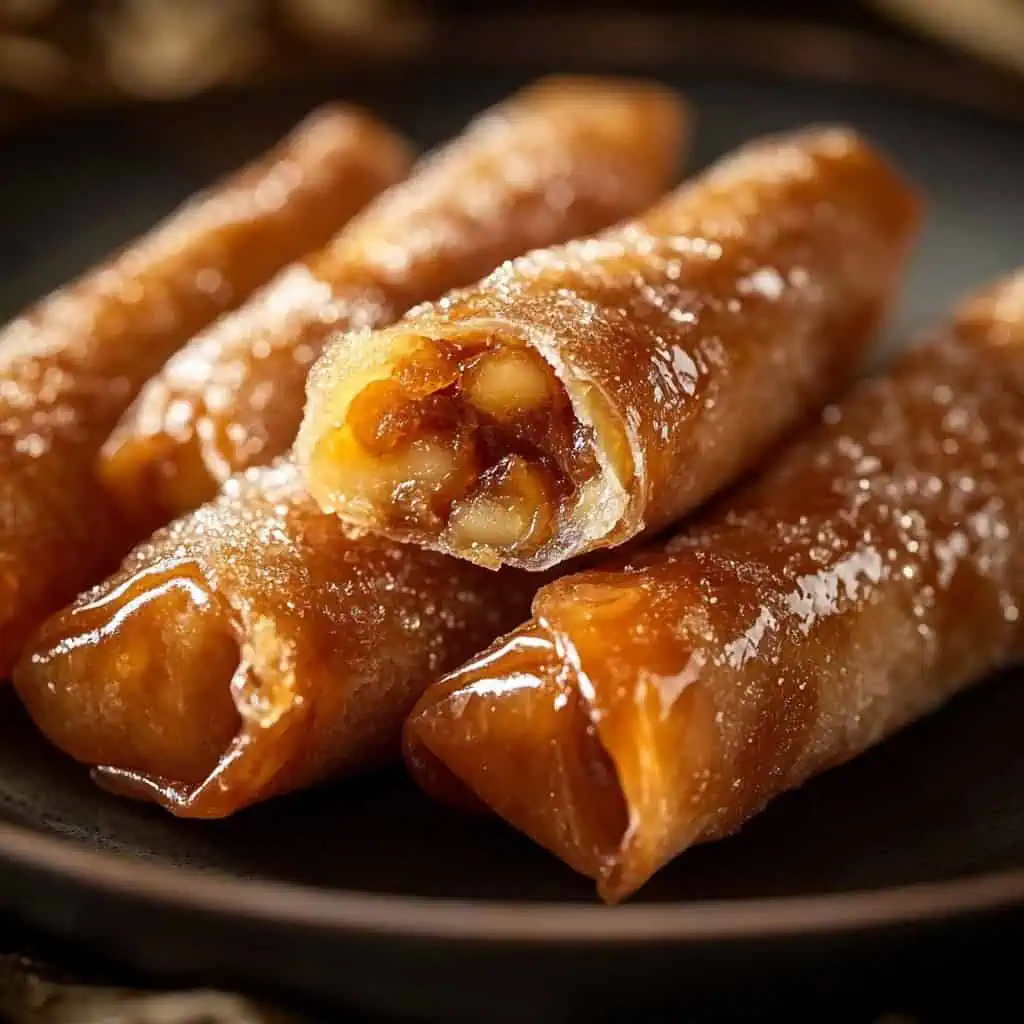

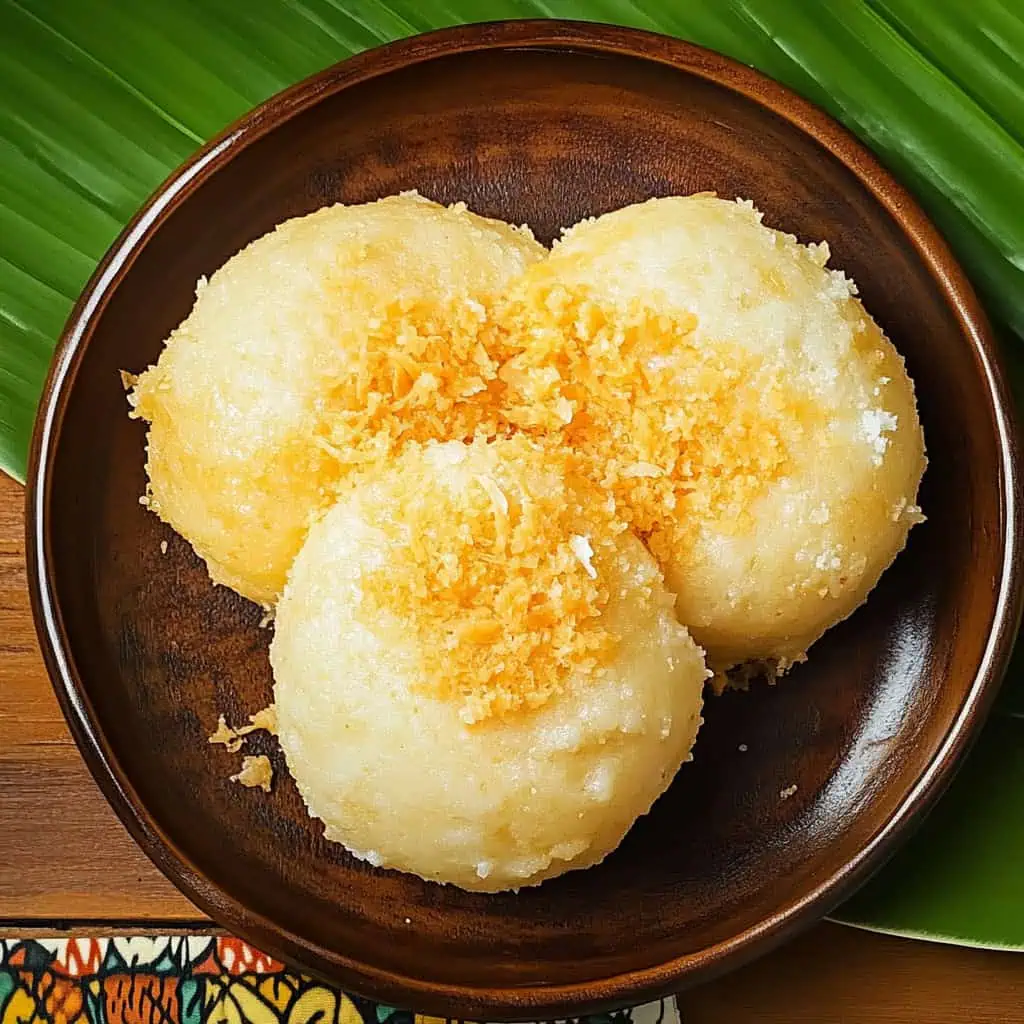
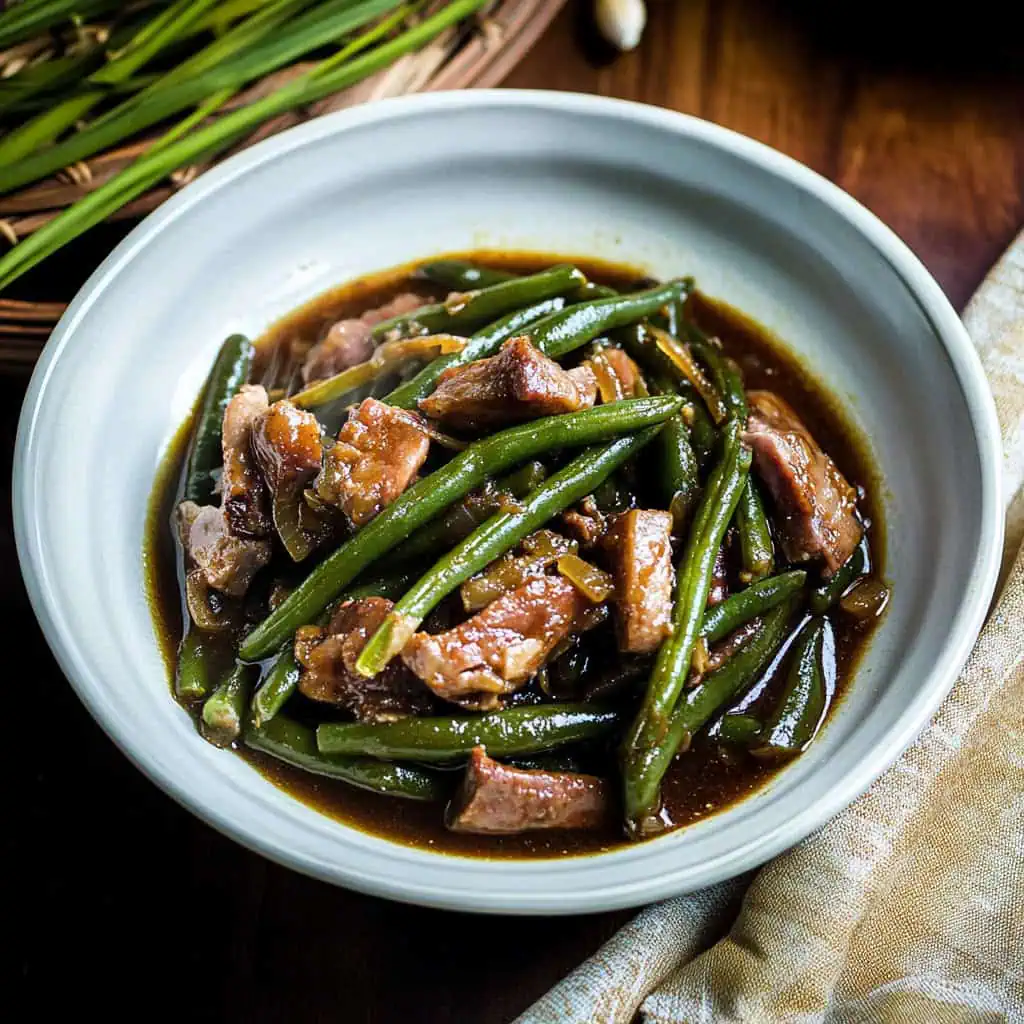
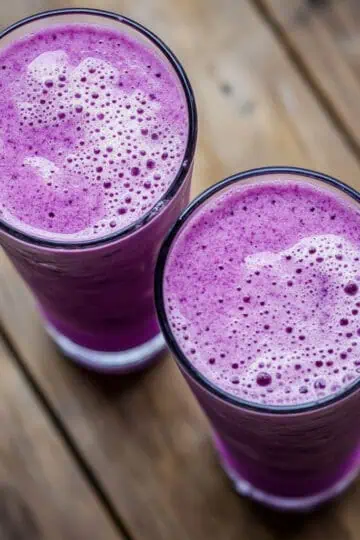
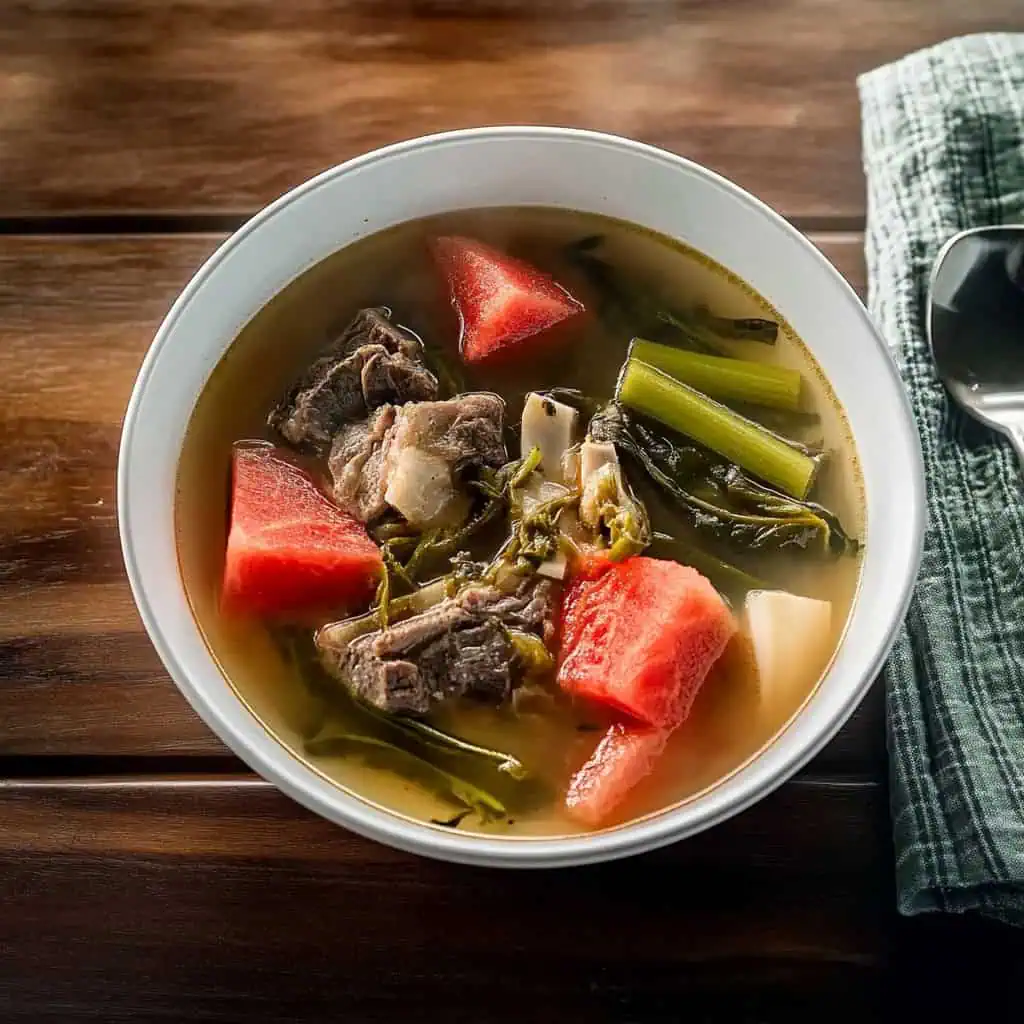

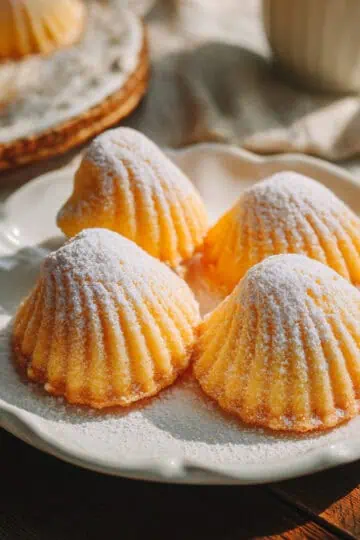
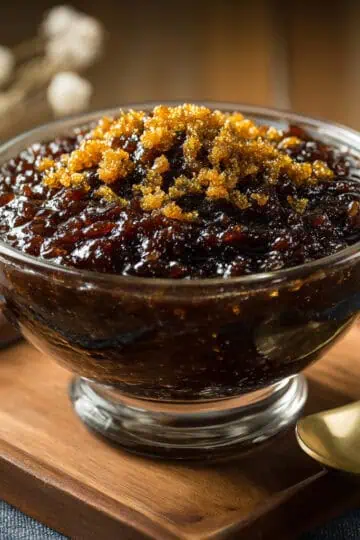
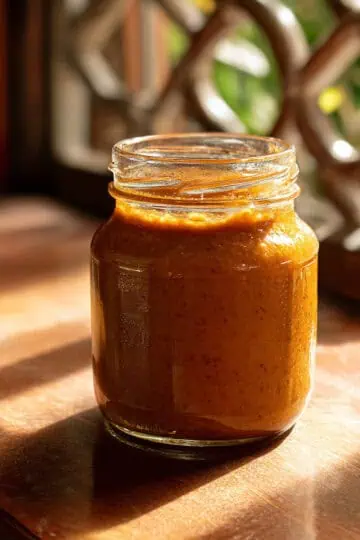
Comments
No Comments